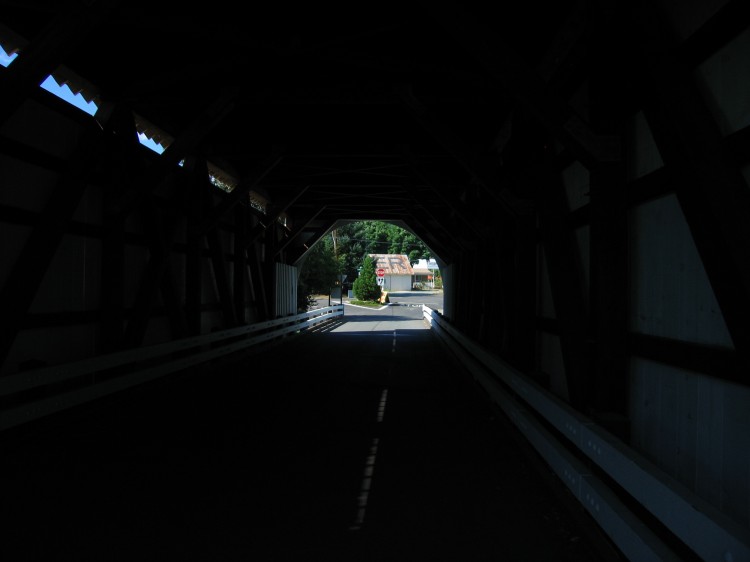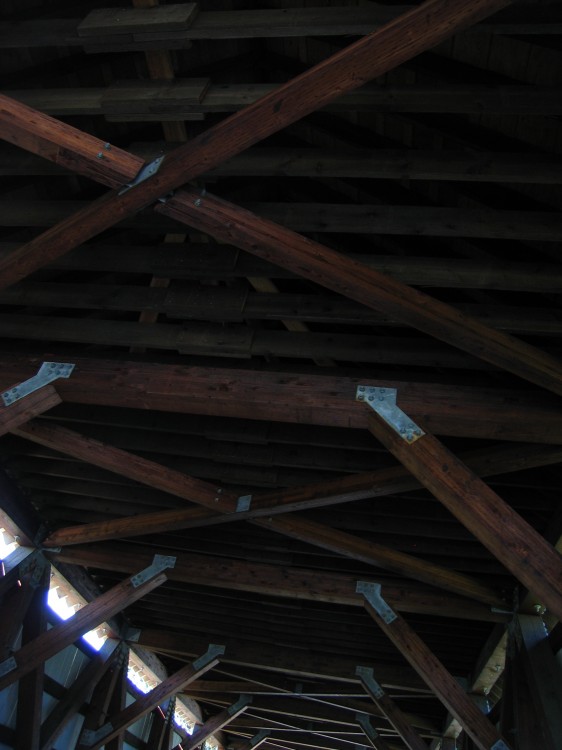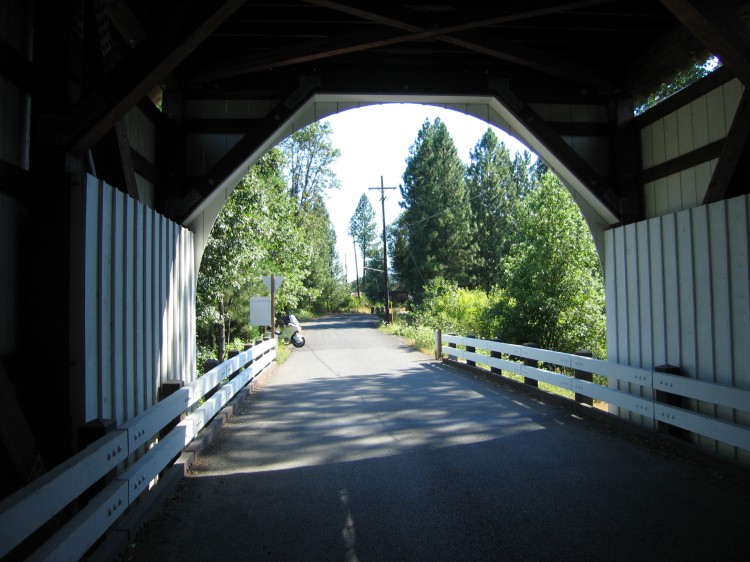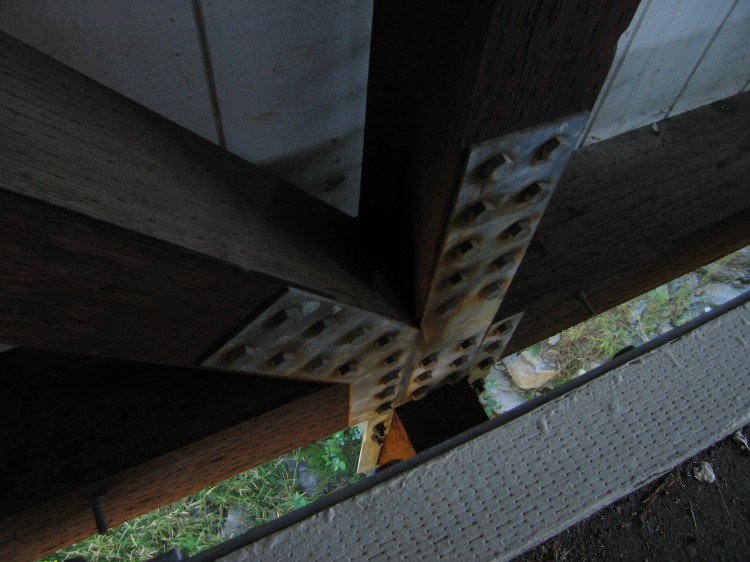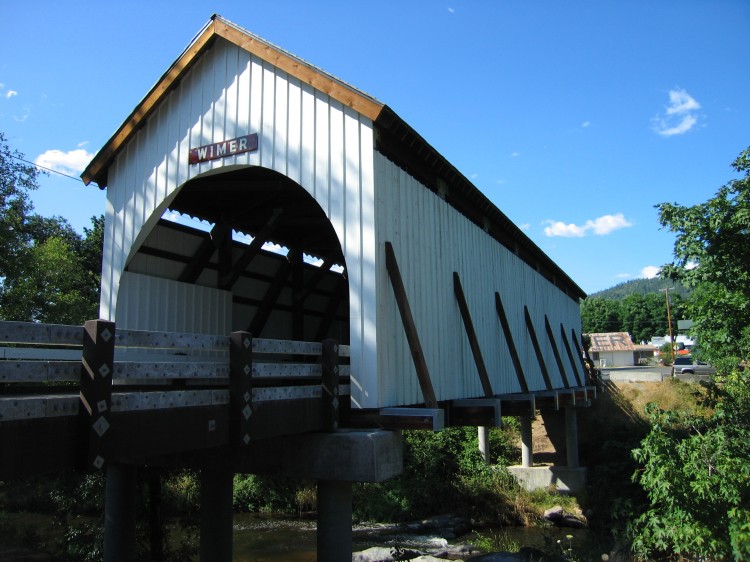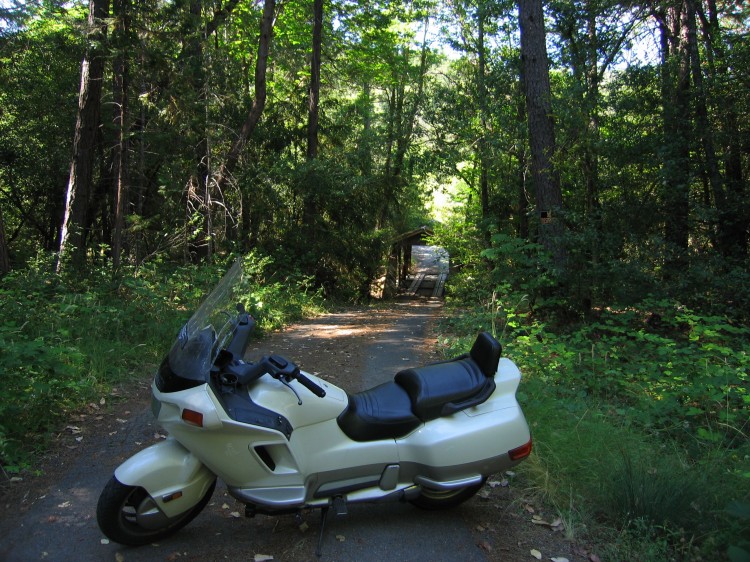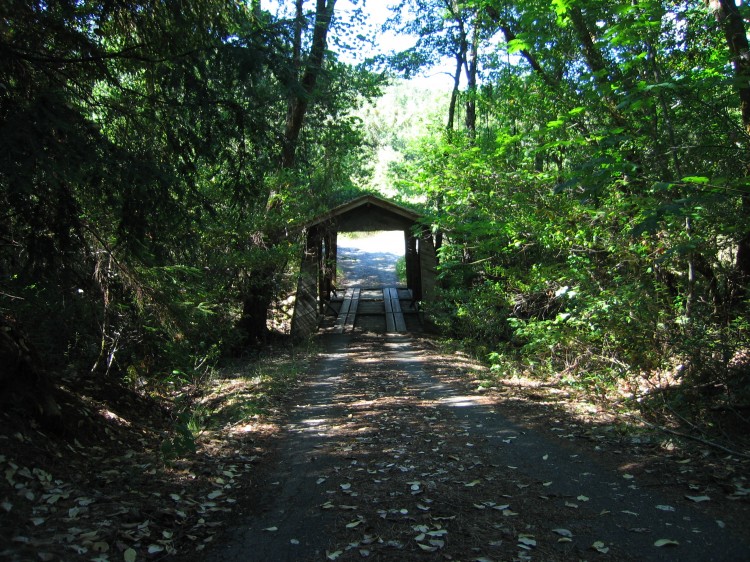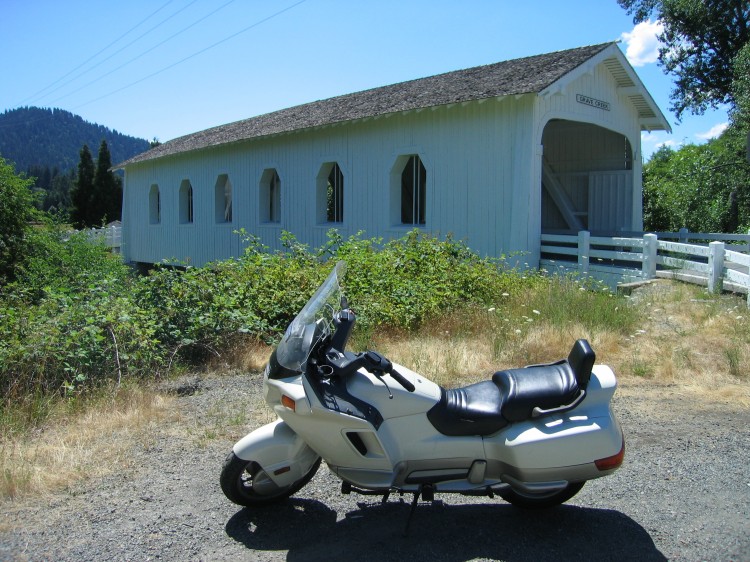
The Grave Creek Covered Bridge is visible from I-5. I’ve read on a few websites that this is the most visited and viewed bridge because of its location. I saw a couple other parties taking photos of the bridge while I was stopped for my shots.
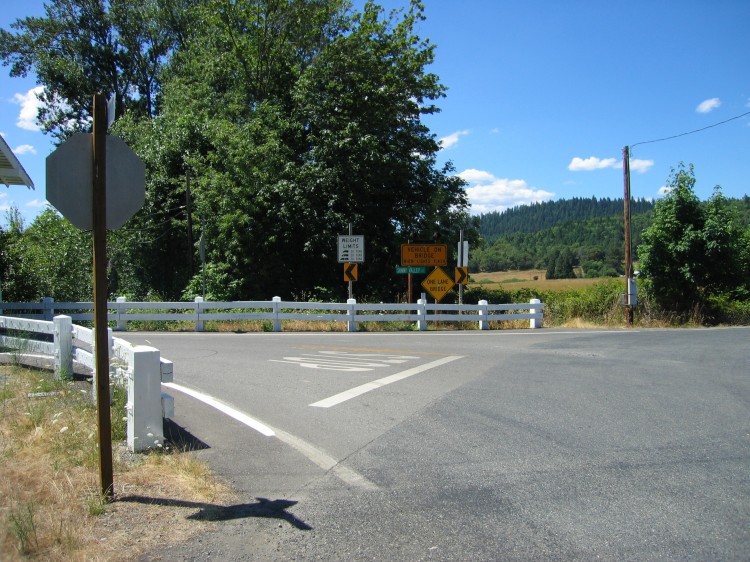
The bridge is a one lane affair that has traffic control lights. The motorcyclist would be wise to be extra cautious as the lights are triggered by wire loops in the road. If your bike doesn’t have enough ferric metal in it or manages to miss the wire loops, the lights won’t trigger and someone else might be coming along the bridge when you try to cross.
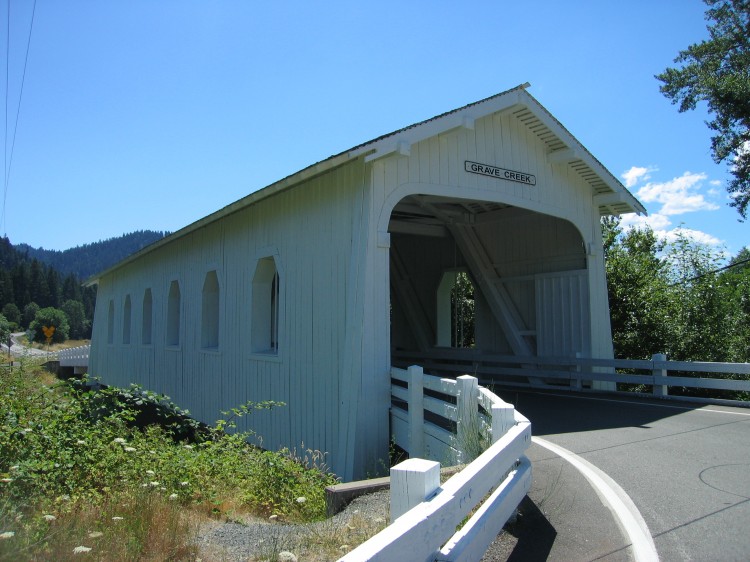
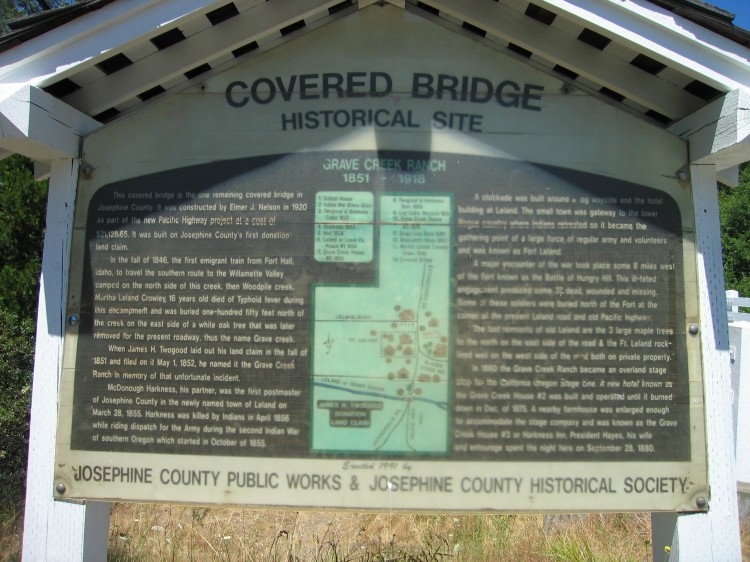
The inscription on the sign reads as follows:
This covered bridge is the one remaining covered bridge of Josephine County. It was constructed by Elmer J. Nelson in 1920 as part of the new Pacific Highway project at a cost of $21,128.65. It was built on Josephine County’s first donation land claim.
In the fall of 1846, the first emigrant train from Fort Hall, Idaho, to travel the southern route to the Willamette Valley camped on the north side of this creek, then Woodpile Creek. Martha Leland Crowley, 16 years old died of Typhoid fever during this encampment and was buried one-hundred fifty feet north of the creek on the east side of a white oak tree that was later removed for the present roadway, thus the name Grave Creek.
When James H. Twogood laid out his land claim in the fall of 1851 and filed it on May 1, 1852, he named it the Grave Creek Ranch in memory of that unfortunate incident.
McDonough Harkness, his partner, was the first postmaster of Josephine County in the newly named town of Leland on March 28, 1855. Harkness was killed by Indians in April 1856 while riding dispatch for the Army during the second Indian War of southern Oregon which started in October of 1855.
A stockade was built around a log wayside and the hotel building at Leland. The small town was gateway to the lower Rogue country where Indians retreated so it became the gathering point of a large force of regular army and volunteers and was known as Fort Leland.
A major encounter of the war took place some 8 miles west of the Fort known as the Battle of Hungry Hill. This ill-fated engagement produced some 37 dead, wounded, and missing. Some of these soldiers were burried north of the Fort at the corner of the present Leland road and old Pacific Highway.
The last remnants of old Leland are the 3 large maple trees to the north on the east side of the road and the Fort Leland rock-lined well on the west side of the road both on private property.
In 1860 the Grave Creek Ranch became an overland stage stop for the California Oregon Stage Line. A new hotel known as the Grave Creek House #2 was built and operated until it burned down in December of 1875. A nearby farmhouse was enlarged enough to accommodate teh stage company and was known as the Grave Creek House #3 or Harkness Inn. President Hayes, his wife and entourage spent the night here on September 28, 1880.
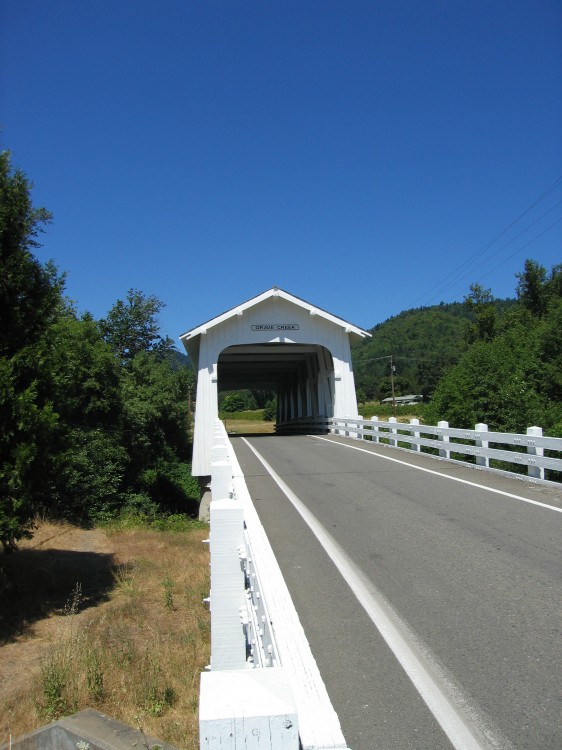
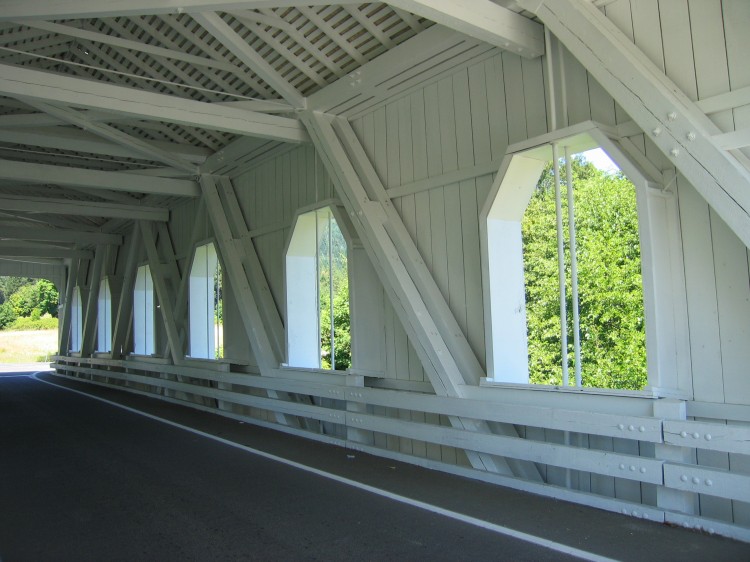
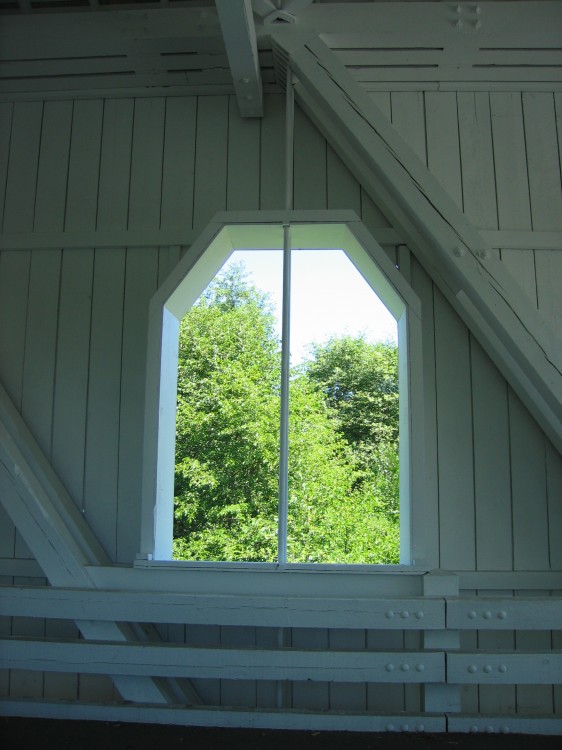
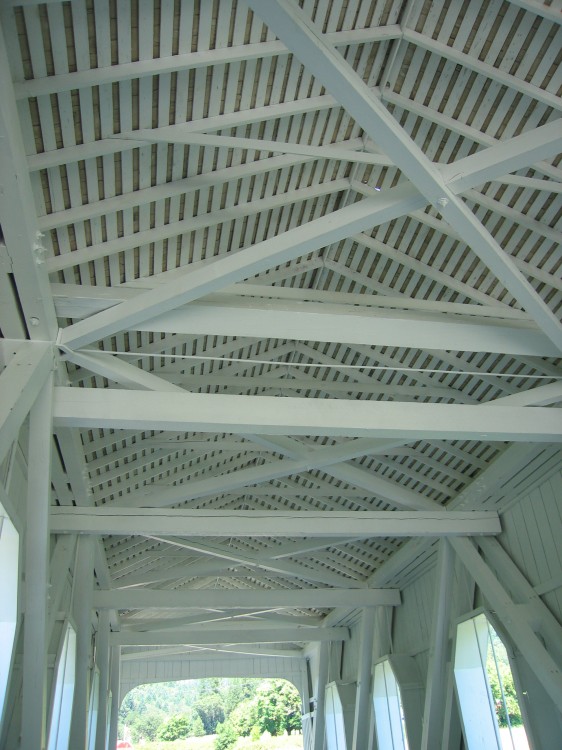
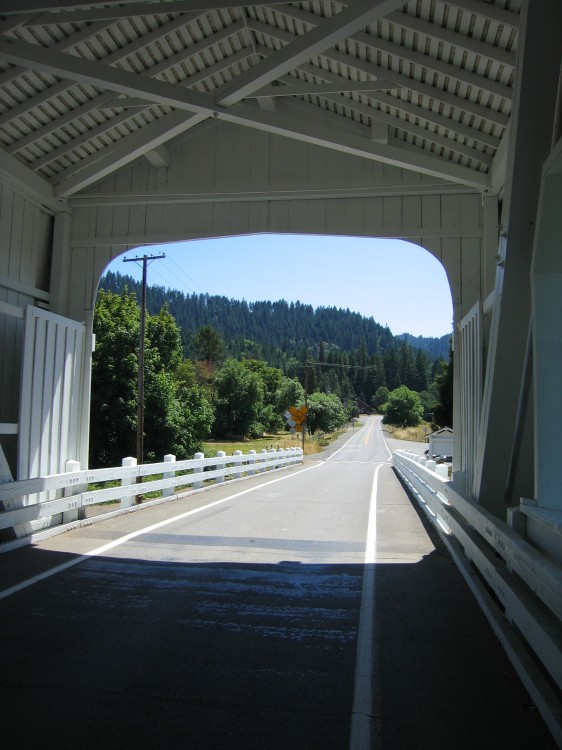
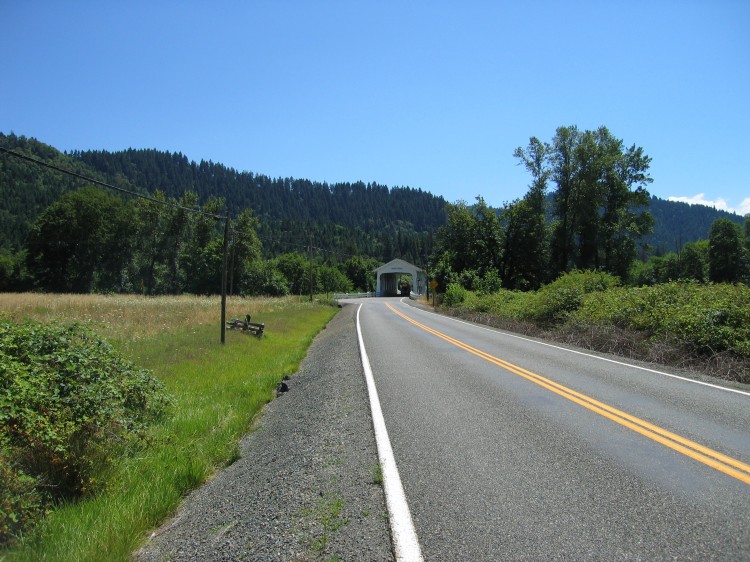
Grave Creek Covered Bridge and the grave it is named after.
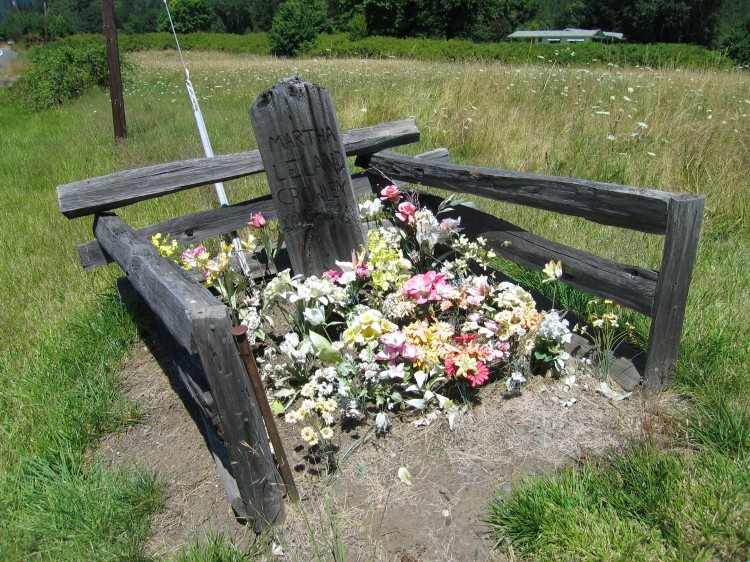
Martha Leland Crowley 1830-1846.
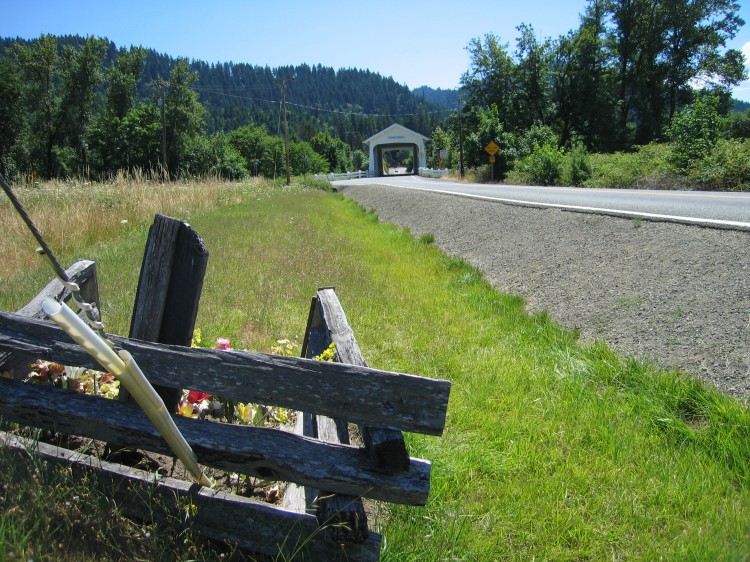
She has a good view of things although I bet her head hurts from that guy-wire anchor running into her grave. And considering where the highway cut runs, I suspect this might not be the *exact* original site of her grave. Nonetheless, it is a nice touch that it has been maintained and she has been remembered.


